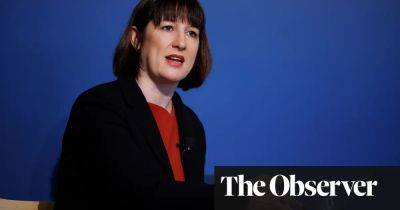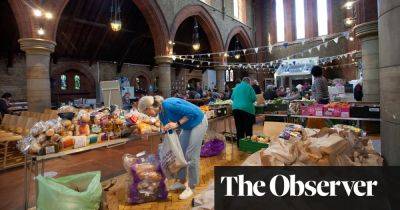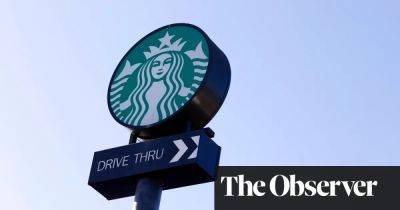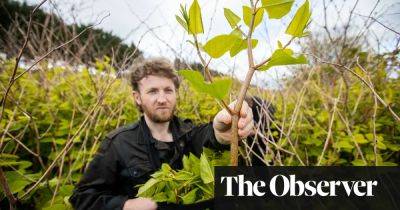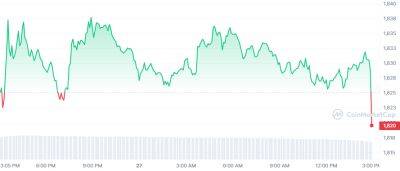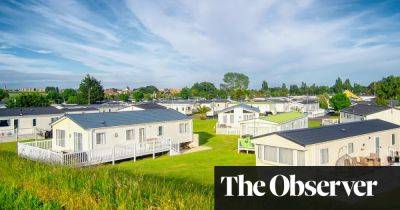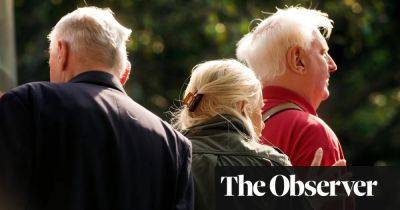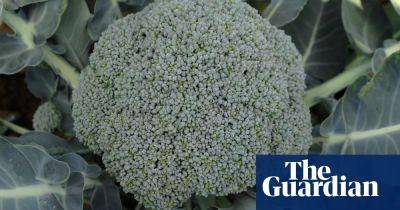Why are eggs so expensive? Here’s what a farmer and 14,000 hens told me
I n a field outside the village of Kehelland, near Camborne in Cornwall, a brood of hens are doing their thing – clucking, scratching, pecking at the ground, ranging freely among the grasses, crimson clover and kale. “All right, girls?” says Pete Olds, picking one up and cradling her fondly. They are bovans brown laying hens and he has 14,000 of them, which sounds a lot but is actually quite small in poultry farm terms.
Cornhill Farm has been in his family for four generations, though they have only kept poultry for a couple of decades. Before that they grew mainly cauliflower and raised beef cattle. They do have a bit of arable land now, but that is connected to the hens. “They are quirky little characters. It is a business, but you’re also looking after animals, caring for them as best you can. You’re a happy girl, aren’t you?”
I can’t tell how happy a hen is, but these ones certainly look healthy. This is the opposite of those shocking reports where someone goes into a battery hellhole with a hidden camera. These hens have a pretty nice life; the main danger round these parts comes not from Fantastic Mr Fox, but from above when a black-backed gull flies inland for a chicken takeaway. Even retirement isn’t so bad here. Well, it exists – they are rehomed into domestic environments where they will continue to cluck, scratch and lay, if less prolifically. Most poultry farm birds, once they reach 80 weeks … well, it is best not to ask.
At night the chickens come home to roost – literally rather than metaphorically – and Olds leads me into this shed. It is maybe a little less rurally idyllic inside: there are a lot of birds quite close to each other; it is a loud, full-on cluckophony. And a radio blares out Radio 1 – “They
Read more on theguardian.com

 theguardian.com
theguardian.com